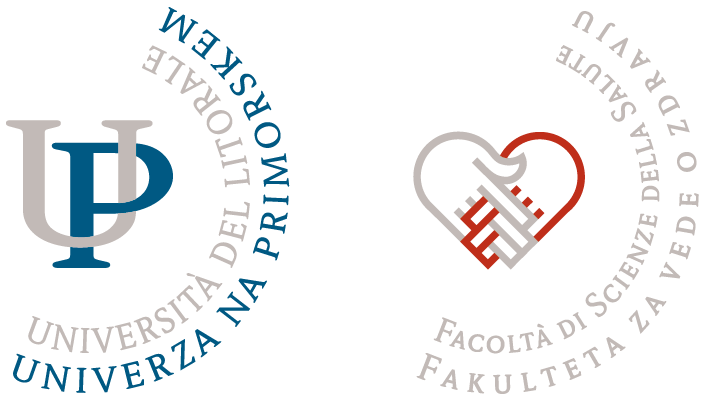Content
- Lectures: 15 hours
- Seminar: 30 hours
- Exercises 15 hours
- Independent work: 120 hours
Subject carrier
Description
1. Pathophysiology and injuries of different tissues a. microscopic and
macroscopic trauma b. categories of various tissue injuries and their
characteristics c. most common types of bone injuries and their mechanisms
d. most common types of tendon and ligament injuries and their mechanisms
e. most common types of muscle injuries and their mechanisms f. most common
types of skin injuries and their mechanisms 2. Physiological mechanisms and
individual stages of healing and regeneration of various tissues
a. homeostasis b. acute responses to injuries c. inflammation, inflammatory
processes, signs and characteristics of inflammation, mediators of inflammation,
inflammatory cells, types of inflammation d. tissue regeneration, tissue
scarring, the process of scarring e. remodeling tissue f. peculiarities of
healing and regeneration based on tissue type 3. Factors that affect the healing
and regeneration of tissue. The peculiarities and differences of healing and
regeneration of tissues within specific groups: a. elderly b. children and
adolescents c. professional athletes d. individuals with various diseases
(diabetes, muscular dystrophy, …) e. differences between sexes (hormonal
influences) 4. Definition of methods for optimizing and/or accelerating healing
and regeneration of tissues and the background of its effects a. exercise
therapy, rehabilitation protocols b. operative procedures c. passive
physiotherapeutic techniques d. tissue engineering e. nutritional support
for healing 5. Characteristics and limitations of loading based on the
individual stage of healing of various tissues. Definition of factors which
affect the loading process. a. severity/ level of injury b. injury site,
type of injured tissue c. tissue healing phase d. irregularities in tissue
healing and preventive work e. age group of the injured

